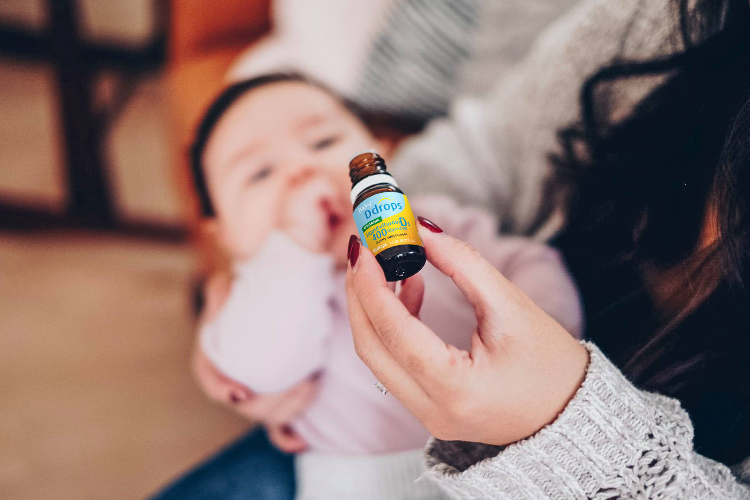June 21, 2016
We all enjoy different tastes, and our upbringing, age, and surroundings can all shape this sense. Our taste buds rapidly develop during infancy and change throughout our lifetime. So why do some individuals prefer more bitter or sweet tastes?
Taste first starts to develop as soon as the 12th week of pregnancy when the taste receptors are formed and the action of swallowing begins. During pregnancy, the amniotic fluid surrounding the fetus is swallowed, which has different sweet compounds within it. Due to these compounds found in the amniotic fluid, we are all born with a natural preference for sweet foods.
Once born, taste preference continues to develop. Exposure to breast milk plays an important role in taste preference. Natural flavours, such as garlic and vanilla, are found in breast milk within 1-2 hours after the mother consumes the food. The more a mother consumes these natural flavours, the higher the newborn’s preference towards them.
Age also plays a role in food and taste preference. Before 18 months of age, newborns openly accept new foods. However, infants between the ages of 18-24 months of age experience food neophobia – a fear of new foods. During this time, infants reject many new foods. At this stage of growth, mothers may find it difficult to provide a variety of foods to infants due to a rejection of new flavours, therefore hindering adequate nutrition.
Vitamin D intake is a great example of this challenge. It is rarely found in natural food sources, and the foods that vitamin D is found in are generally disliked by infants due to their bitter properties. Taste buds for bitter and astringent foods do not develop until late childhood or even adolescence once we have more exposure to bitter foods. For some individuals, a preference for bitter flavours doesn’t develop until later on in life.
For infants and children to fully accept new food, exposure to that food has to occur at least five to ten times. An easy and tasteless alternative to consuming foods with vitamin D (such as fish, mushrooms, and eggs) is Ddrops. We encourage you to taste Ddrops liquid vitamin D products yourself…you will be amazed that they are actually completely tasteless! Why not use a product that is easy to take – all you need to do is add just one drop to a favourite drink or snack!
[1] “Tastes Differ: How Taste Preferences Develop.” Tastes Differ - How Taste Preferences Develop: (EUFIC), EUFIC, 1 Dec. 2011, https://www.eufic.org/en/food-today/article/tastes-differ-how-taste-preferences-develop.



Để lại một bình luận
Trang web này được bảo vệ bằng hCaptcha. Ngoài ra, cũng áp dụng Chính sách quyền riêng tư và Điều khoản dịch vụ của hCaptcha.